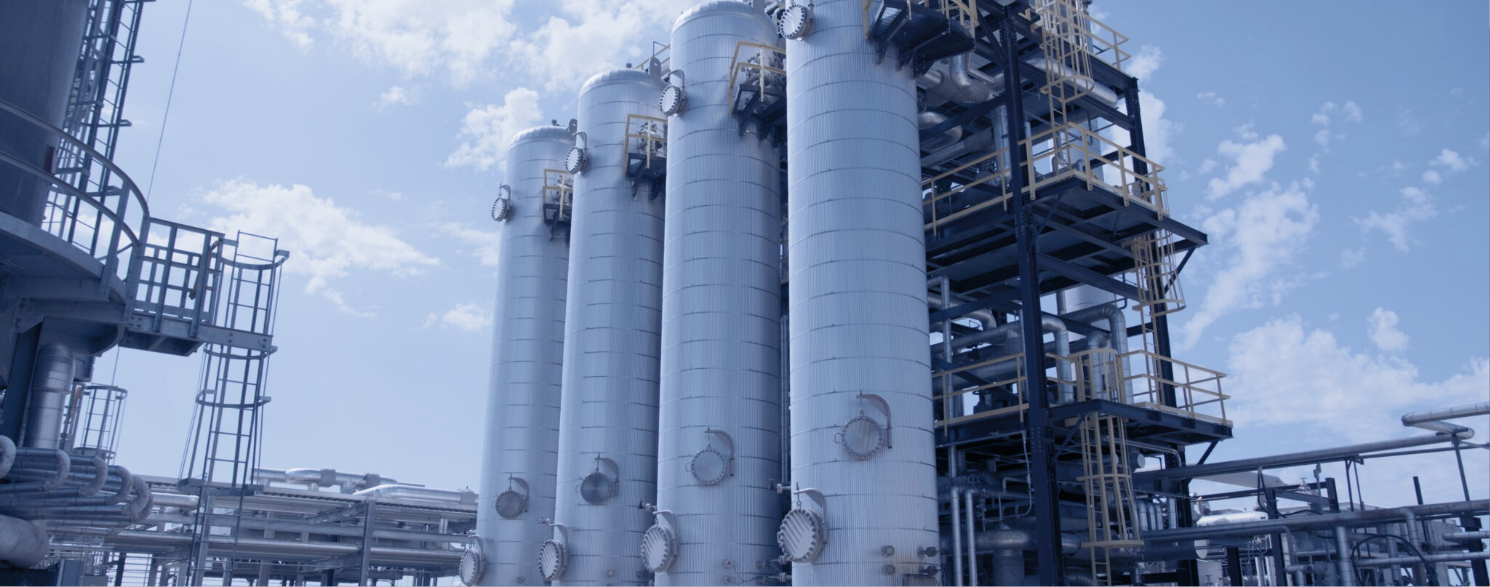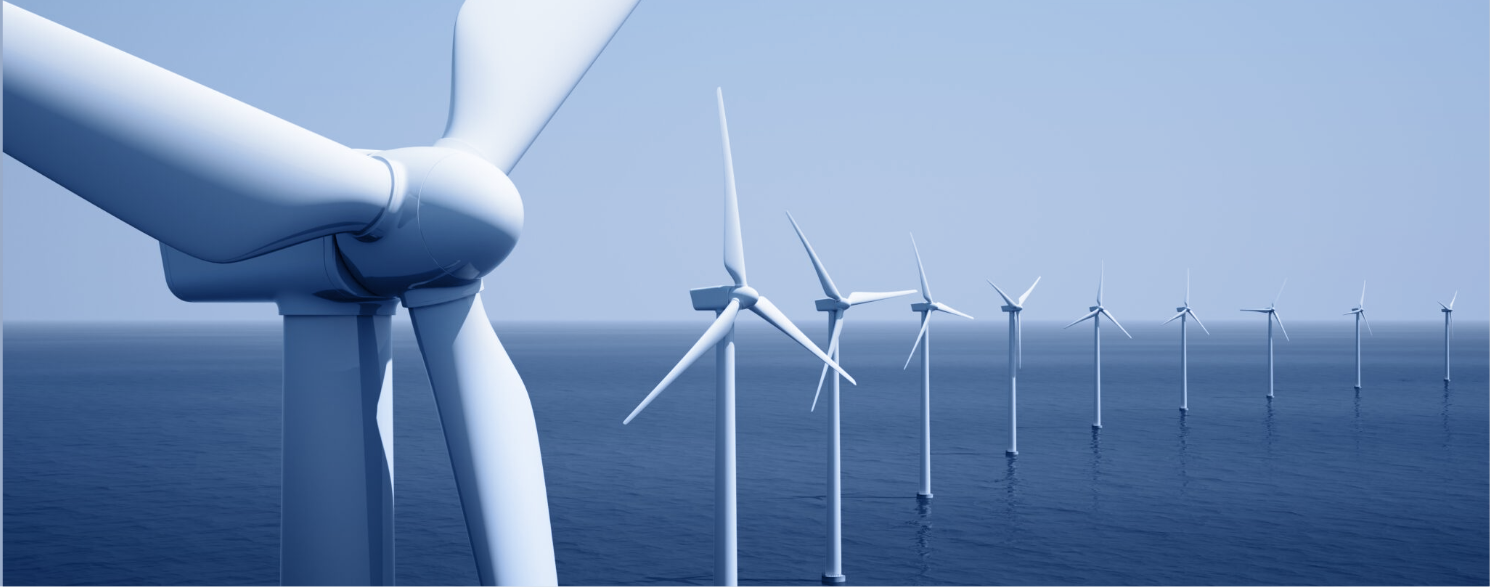As the world grapples with the pressing need to address climate change, the global energy landscape is undergoing a significant transformation. McKinsey’s «Global Energy Perspective» offers a comprehensive look into the future of energy, highlighting key trends and shifts that will shape the industry in the coming decades. From the rise of renewable energy to the evolving role of fossil fuels, the report provides critical insights into how the energy sector will evolve and what that means for businesses, governments, and consumers alike.
The Rise of Renewables
One of the most significant takeaways from the McKinsey report is the rapid growth of renewable energy sources. Solar and wind power, in particular, are expected to dominate the global energy mix by 2050. As technology advances and costs continue to decline, renewables are becoming increasingly competitive with traditional fossil fuels. McKinsey predicts that by 2035, renewable energy will account for more than 50% of global electricity generation.
This shift is being driven not only by technological advancements but also by growing pressure from governments and consumers to reduce carbon emissions. Countries around the world are setting ambitious targets to transition to cleaner energy sources, and businesses are following suit, investing heavily in renewable energy projects to meet sustainability goals.
The Role of Fossil Fuels
Despite the rise of renewables, fossil fuels will continue to play a significant role in the global energy system, at least in the near term. McKinsey’s report indicates that oil and gas will remain essential for sectors that are more challenging to electrify, such as aviation, shipping, and heavy industry. However, the demand for fossil fuels is expected to peak within the next decade, after which it will steadily decline.
Natural gas, in particular, is viewed as a transitional fuel that will help bridge the gap between traditional fossil fuels and cleaner energy sources. It is expected to play a critical role in supporting the integration of intermittent renewable energy sources, such as solar and wind, by providing a reliable backup when renewable generation is low.
Energy Efficiency and Electrification
In addition to the rise of renewables, energy efficiency and electrification are key trends identified in McKinsey’s report. As more industries and sectors embrace electrification, the demand for electricity is expected to grow significantly. Electric vehicles (EVs), for example, are projected to become the dominant form of transportation by 2050, drastically reducing the demand for oil in the transportation sector.
Energy efficiency measures will also play a crucial role in reducing overall energy demand. Advances in technology, such as smart grids and energy-efficient buildings, are helping to optimize energy use and reduce waste. McKinsey’s report emphasizes that these efficiency gains will be critical in achieving global climate goals.
The Path to Net Zero
McKinsey’s Global Energy Perspective underscores the need for continued investment in clean energy technologies and infrastructure to achieve a net-zero future. While progress is being made, the report warns that the current pace of change is not fast enough to meet global climate targets. Governments, businesses, and consumers must work together to accelerate the transition to a more sustainable energy system.
The path to net zero will require significant capital investment, innovation, and policy support. Carbon pricing, subsidies for renewable energy projects, and regulations that encourage energy efficiency are just a few of the measures that can help drive the necessary changes.
Conclusion
McKinsey’s «Global Energy Perspective» paints a picture of a rapidly evolving energy landscape, where renewables will play an increasingly dominant role, and fossil fuels will gradually decline. The future of energy is one of electrification, efficiency, and sustainability. However, achieving the ambitious goals set by governments and organizations around the world will require coordinated efforts, significant investment, and a commitment to innovation. The transition to a cleaner, more sustainable energy future is already underway, but the pace must quicken to meet the challenges of climate change head-on.




